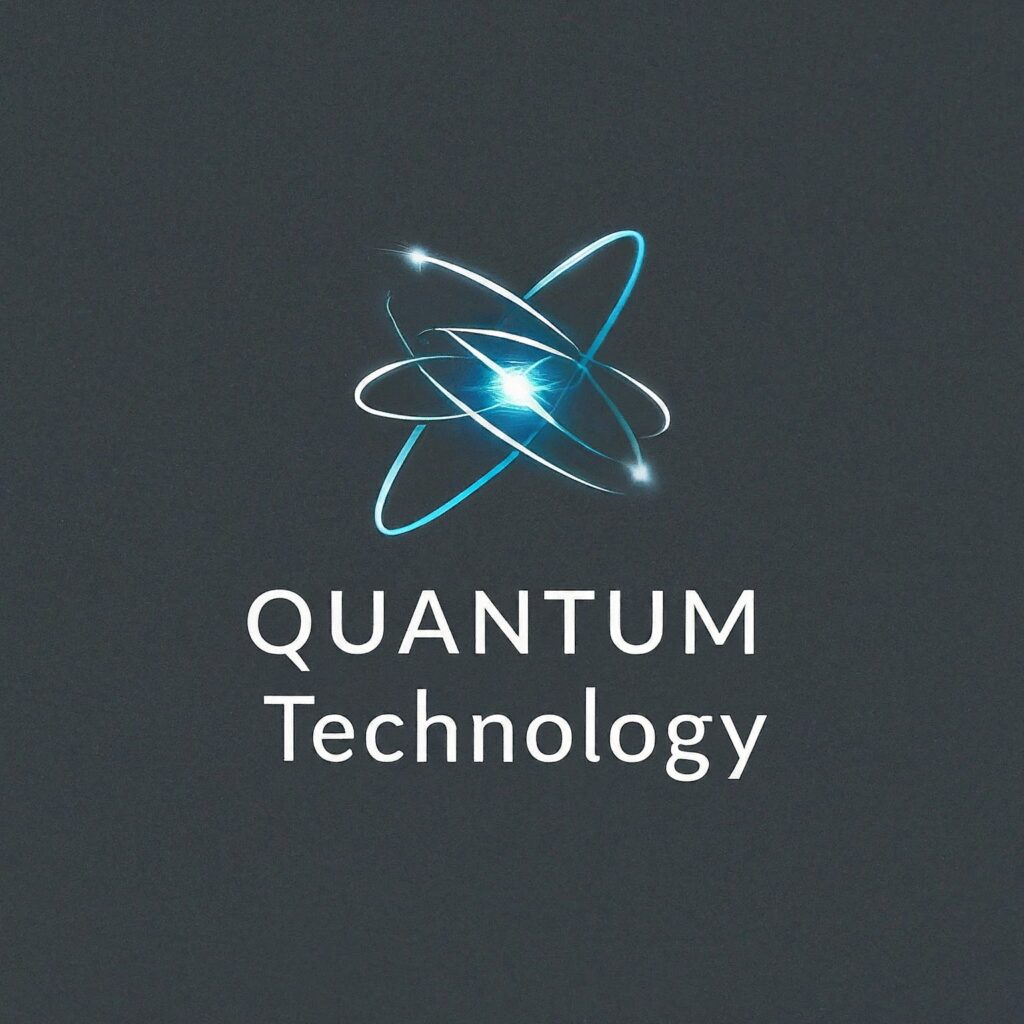In the relentless pursuit of practical quantum computing, one of the most formidable challenges has been maintaining the delicate coherence of quantum states amidst environmental disturbances. Traditional quantum error correction (QEC) methods, while foundational, often rely on Markovian assumptions—where the system’s future evolution depends solely on its present state, disregarding historical context. However, recent advancements suggest that embracing non-Markovian feedback, which accounts for the system’s history, can significantly enhance QEC protocols.
The Paradigm Shift: From Markovian to Non-Markovian Feedback
Conventional QEC strategies typically employ feedback mechanisms that respond exclusively to the most recent measurement outcomes. This approach, inherently Markovian, overlooks the rich tapestry of past system interactions that could inform more robust error correction. Recognizing this limitation, researchers have begun exploring non-Markovian feedback mechanisms that utilize the full history of a system’s measurements to inform corrective actions.
A seminal study titled “Non-Markovian Feedback for Optimized Quantum Error Correction” delves into this innovative approach. The researchers introduce the feedback-GRAPE (Gradient Ascent Pulse Engineering with Feedback) method, which leverages recurrent neural networks (RNNs) to process the complete sequence of prior measurement outcomes. This comprehensive historical analysis enables the optimization of subsequent unitary operations, thereby enhancing the fidelity of quantum information processing.
The Feedback-GRAPE Method: A Deep Dive
At the heart of this advancement lies the feedback-GRAPE technique. GRAPE is a well-established method in quantum control, designed to determine optimal pulse sequences that drive quantum systems from initial to desired target states. The innovation here involves integrating feedback mechanisms into GRAPE, facilitated by RNNs capable of retaining and processing information over extended sequences.
In practical terms, the feedback-GRAPE method operates as follows:
-
Data Acquisition: The system continuously monitors and records measurement outcomes, capturing a comprehensive history of its interactions.
-
Historical Analysis: This historical data is fed into an RNN, which discerns patterns and correlations indicative of specific error types or system perturbations.
-
Optimized Control: Based on the RNN’s analysis, the system dynamically adjusts its control pulses, implementing unitary operations tailored to counteract the identified errors.
This methodology stands in contrast to traditional QEC protocols that might apply generic correction operations without considering the nuanced history of system disturbances.
Empirical Validation and Performance Metrics
The efficacy of the feedback-GRAPE method has been evaluated within the framework of the Gottesman-Kitaev-Preskill (GKP) code—a prominent bosonic code that encodes logical qubits into quantum states of harmonic oscillators. Historically, QEC approaches for GKP codes have been predominantly Markovian, relying solely on immediate measurement data. By incorporating non-Markovian feedback through the feedback-GRAPE method, researchers have demonstrated a marked improvement in error correction performance. Notably, this approach has achieved error correction capabilities surpassing the break-even point of the best passive encoding strategies, effectively doubling the qubit lifetime.
Broader Implications and Future Directions
The integration of non-Markovian feedback into QEC protocols signifies a pivotal advancement in the quest for fault-tolerant quantum computing. By harnessing the full spectrum of historical system data, quantum processors can implement more precise and effective error corrections, thereby preserving the integrity of quantum information over extended periods.
This development also opens avenues for further research, particularly in the optimization of RNN architectures and training algorithms tailored for real-time quantum system monitoring. Moreover, exploring the applicability of non-Markovian feedback in other quantum error correction codes and physical implementations could pave the way for more resilient quantum computing platforms.
In conclusion, as the field of quantum computing progresses, embracing the complexity of non-Markovian dynamics and leveraging advanced feedback mechanisms like feedback-GRAPE may prove essential in overcoming the challenges of decoherence and operational errors, bringing us closer to the realization of practical, large-scale quantum computers.
